
A new article discusses the benefits and drawbacks of RPLC and RPLC×RPLC chromatography techniques. It provides recommendations for selecting the best approach for analyzing small pharmaceuticals and peptides.
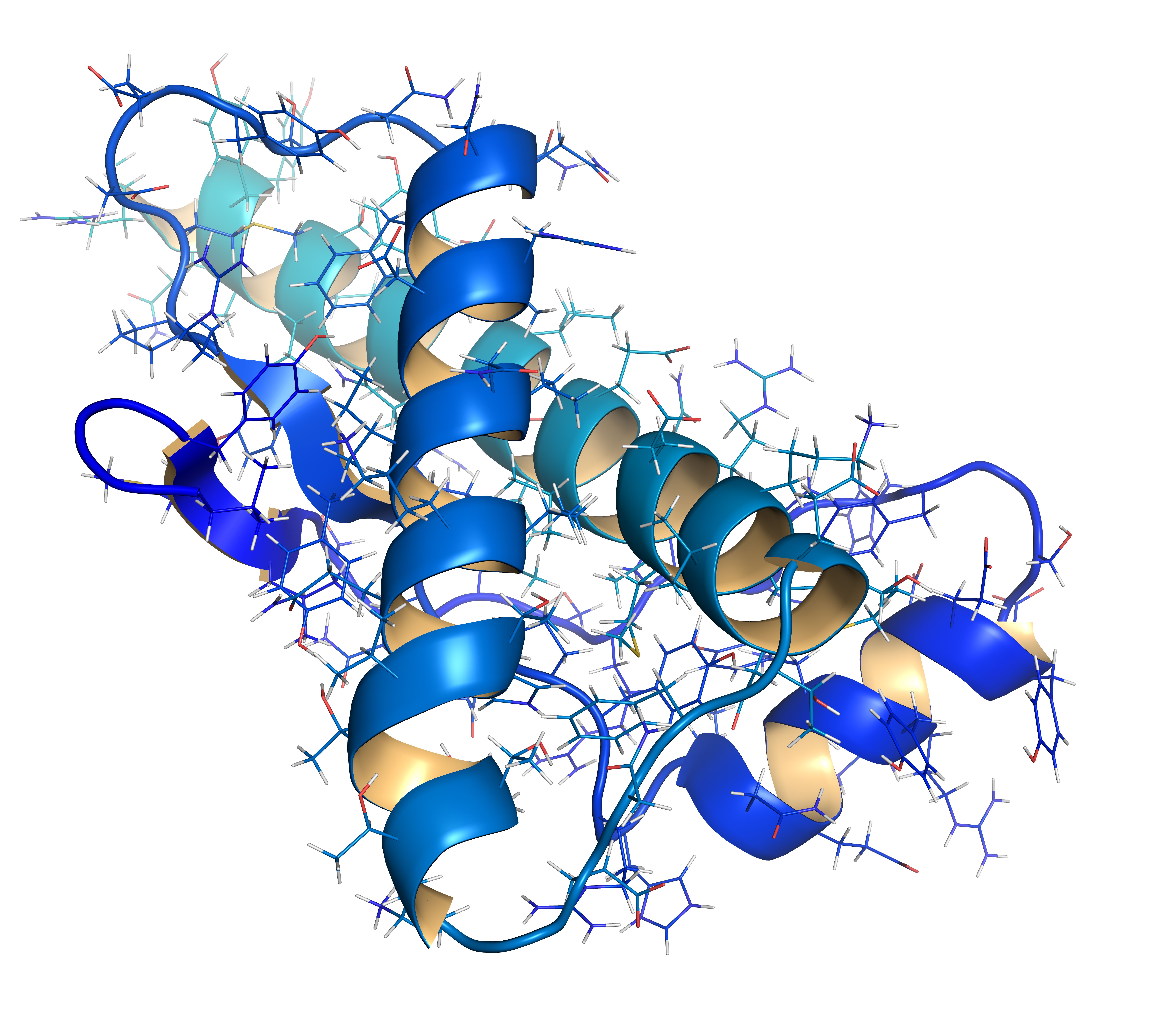
A team of researchers have created an innovative analytical platform combining asymmetrical flow field-flow fractionation (AF4) with native mass spectrometry (nMS) to characterize non-covalent protein complexes, providing valuable insights into their stability and higher-order structures.

A new article discusses the benefits and drawbacks of RPLC and RPLC×RPLC chromatography techniques. It provides recommendations for selecting the best approach for analyzing small pharmaceuticals and peptides.

A recent study analyzed the composition and metabolism of steroidal alkaloids in Solanum nigrum fruits of different maturities and identified steroidal glycoalkaloids and steroidal alkaloids, providing a foundation for further research on biosynthesis and discovery of new steroidal alkaloid anticancer drugs.

A new published study introduces a simple and fast way to differentiate between animal species based on their hair. The in-sample digestion method coupled with mass spectrometry analysis was successfully tested on multiple species.

A new study has identified potential quality-markers for Eucommiae Folium (Duzhongye), a traditional Chinese medicine, using UHPLC–MS/MS analysis, and has recommended isoquercitrin as a new quality-marker candidate.

Researchers at Clemson University have developed a computational framework that integrates commercial software components to perform customizable technoeconomic feasibility analyses of monoclonal antibody capture chromatography platforms.
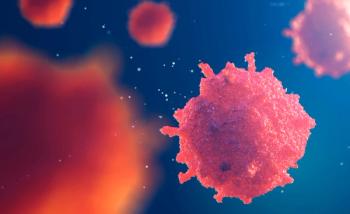
Researchers combine a single-probe single cell mass spectrometry technique with a bioinformatics software package to quantify cell subpopulations and prioritize metabolite biomarkers, providing a label-free approach to studying cell heterogeneity and improving understanding of cell metabolism in human diseases and response to therapy.

Researchers have developed a PAMAM-functionalized paper substrate that boosts the sensitivity of protein analysis by paper spray mass spectrometry (PS-MS), potentially revolutionizing clinical diagnosis of diseases.

This article compares the performance of wide-pore silica monolithic, sub-2µm FPP, and SPP columns, addresses the question of whether 1000 Å or 400 Å SPP columns are more suitable for reversed-phase LC-type protein separations, and presents a kinetic performance comparison of different columns.

A micro-pillar array format for mapping the proteome of human stem cell-derived liver organoids using timsTOF–MS is presented.
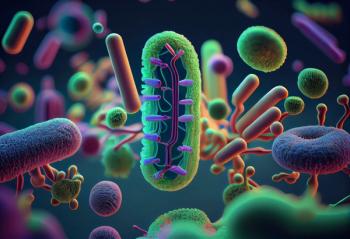
A new fragmentation approach—tunable electron-activated dissociation (EAD) tandem mass spectrometry (MS/MS)—offers a solution to better improve the detection and characterization of impurities in lipid nanoparticles and impurities in other biopharmaceutical modalities.

The combination of an untargeted approach using ultrahigh pressure liquid chromatography–quadrupole time-of-flight mass spectrometry (UHPLC–QTOF) and a targeted approach using UHPLC–tandem mass spectrometry (MS/MS) are presented as an ideal method for detecting per- and polyfluroalkyl substances (PFAS) in fast-food packaging.

By modifying polyniobate on a metal-organic framework, scientists have managed to purify Cytochrome C for proteomic analysis using LC–MS/MS.

Carol V. Robinson of the University of Oxford has been named the 2023 recipient of the ASMS John B. Fenn Award for Distinguished Contribution in Mass Spectrometry. Robinson will receive the award at the 2023 ASMS Conference in Houston, Texas, which takes place June 4–8.
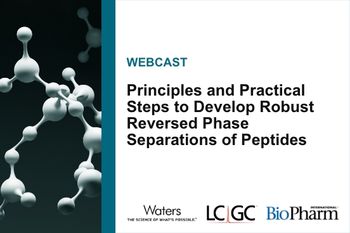
Webinar Dates/Times: Session 1 (EU): Wednesday, May 17th, 2023 at 2pm BST | 3pm CEST | 9am EDT Session 2 (NA): Wednesday, May 17th, 2023 at 1pm EDT | 10am PDT | 6pm BST Session 3 (APAC): Thursday, May 18th, 2023 at 12pm JST | 11am CST | 11pm EDT

Webinar Date/Time: Thu, May 18, 2023 11:00 AM EDT

A new way to automate buffer management systems with greater precision and accuracy may revolutionize biopharmaceutical purification processes.

By improving fluorescent labeling, scientists can find new ways to help treat and prevent influenza.

Waters Corporation has purchased Wyatt Technology, expanding both parties' reach in biopharmaceutical development and creating better healthcare technology for all.

Webinar Date/Time: Wed, May 3, 2023 11:00 AM EDT
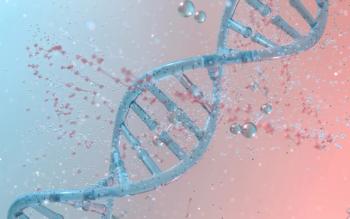
Some traditional MAM workflows are being substituted with iMAM workflows that rely on analyzing the intact mass of mAbs in their native form, resulting in significant improvements in high-throughput sample analysis.

Neil Kelleher received the 2023 Pittsburgh Analytical Chemistry Award for his contributions to analytical chemistry. He was recognized at Pittcon 2023, which took place in Philadelphia, Pennsylvania.

Webinar Date/Time: Thu, Mar 9, 2023 11:00 AM EST

A column with chemically modified column hardware showed improvements in analytical performance for siRNA compared to a conventional stainless-steel column.

A drug stability program is a fundamental part of ensuring product quality, safety, and efficacy. Here, we summarize essential guidelines, differences between large- and small-molecule stability, and the analytical methods used.

Webinar Date/Time: Monday, March 20th, 2023 at 11am EDT|8am PDT|3pm GMT|4pm CET